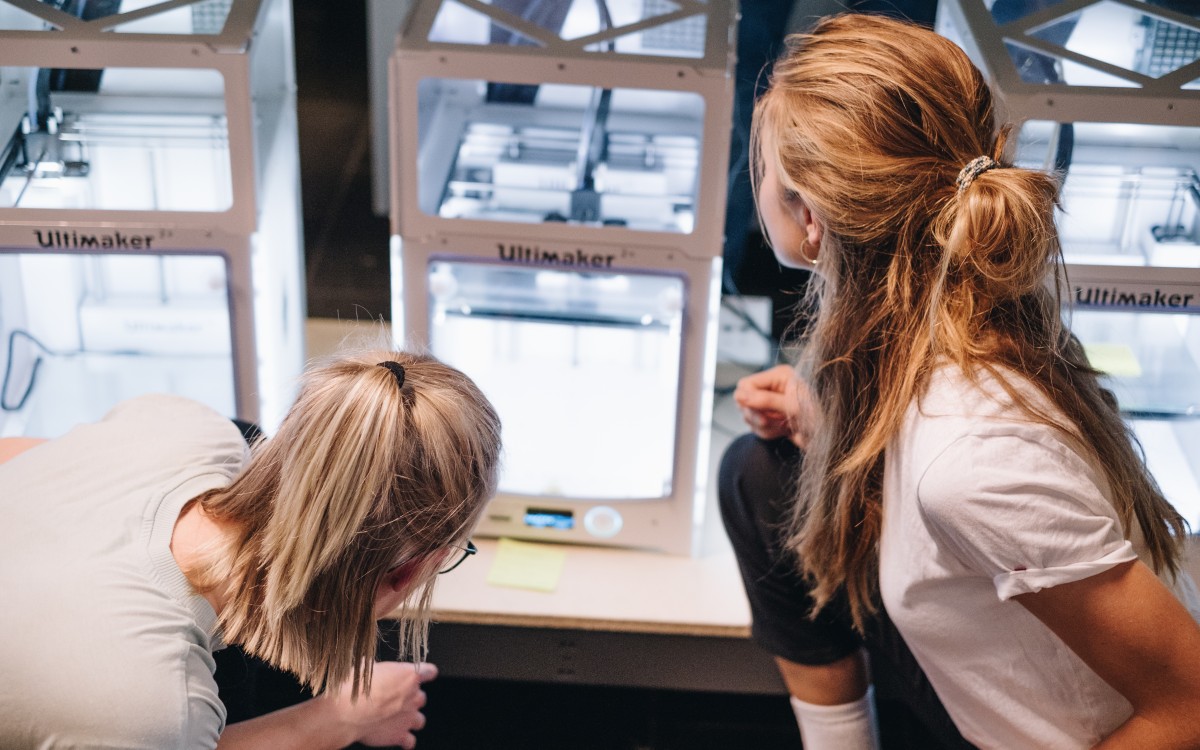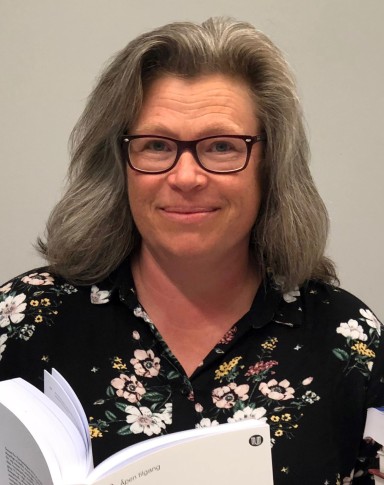Do we need special measures to recruit more girls to technology? According to researchers, we do.

Researchers at Western Norway Research Institute have conducted an evaluation of "Girls and Technology", a programme intended to inspire more girls to choose an education within technology and science. The report was commissioned by The Norwegian Directorate for Children, Youth and Family Affairs (Bufdir).
The objective of WNRI's research team on gender, diversity, and technology was to establish the extent to which "Girls and Technology" has succeeded in inspiring a higher number of girls to choose science and technology programmes in higher education. The project coordinator, dr. Hilde G. Corneliussen, and her colleagues, carried out interviews with target groups such as girls, parents, teachers, organisers, and other contributors to "Girls and Technology" in order to map their experience with the programme.
In addition, nearly 700 girls from upper secondary schools and higher education have replied to an online survey on the factors that motivate girls to choose technology programmes at university. This extensive data material is presented in a report (in Norwegian): Evaluering av Jenter og teknologi.
Role models are important
By organising events across Norway, "Girls and Technology" offers girls from lower secondary schools new insight into technology programmes and professions.
The evaluation shows that many of the activities organised by "Girls and Technology" have really hit the nail on the head by drawing attention to the fact that women are both able and willing to work with technology.
"The road to technology studies is harder for girls to envisage than for boys, and this means that it is vital for girls to be able to identify with female role models", says Corneliussen.
Encouraged less
Technology is still a male-dominated field of education. Fewer girls choose technology programmes, and thi reflects a tendency that girls to a lesser extent are encouraged to choose technology studies.
"The focus created by 'Girls and Technology' helps establish a link between girls and technology, and this in turn makes the road to technology seem more possible and relevant for the girls", Corneliussen explains.
Must pull together
Previous research has shown that girls need support and encouragement in order to choose unconventional study programmes in terms of gender, tehcnology being an obvious example. Almost 60 percent of the girls that took part in "Girls and Technology" say that the experience affected their decisions regarding higher education.
The researchers emphasize that a broad collaboration is required in order to motivate the girls, in the sense that both schools and parents must come together in the effort to inspire girls to choose technology studies.
Core competence at WNRI
The research team behind the report is highly experienced when it comes to studying girls' and females' relationship to technology, and thoroughly enjoyed the assignment.
"This has been of great value to us as researchers too, as it touches on questions related to the core of our research at Western Norway Research Instistute, says Corneliussen, the head of the research team for gender, diversity, and technology.
Read the report (summary in English)

